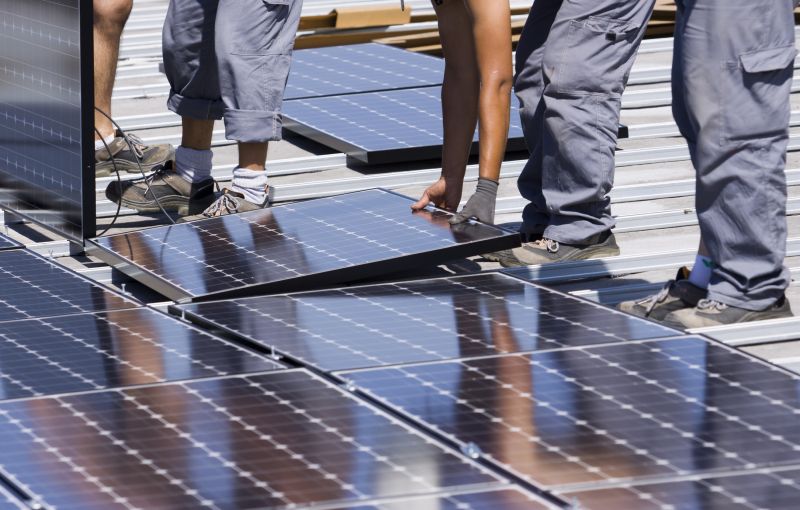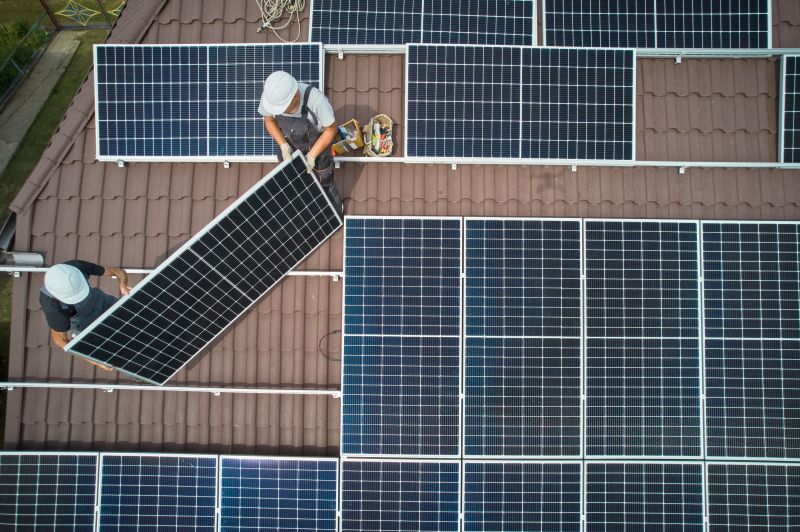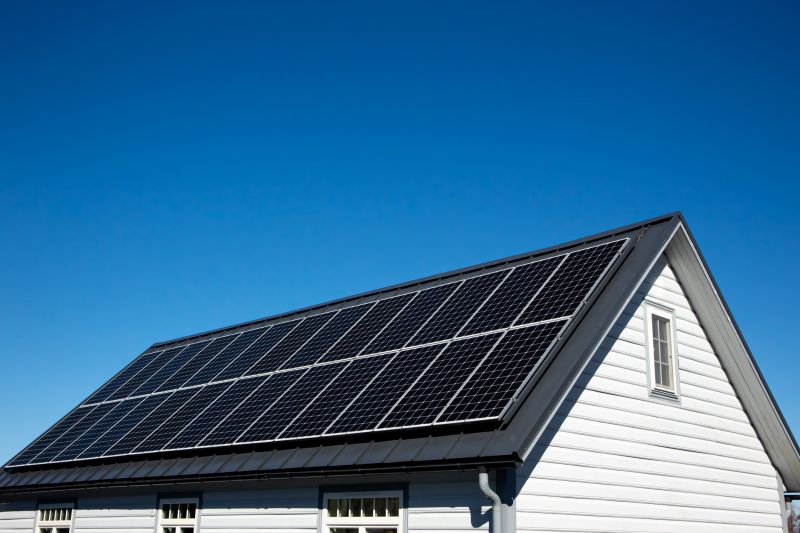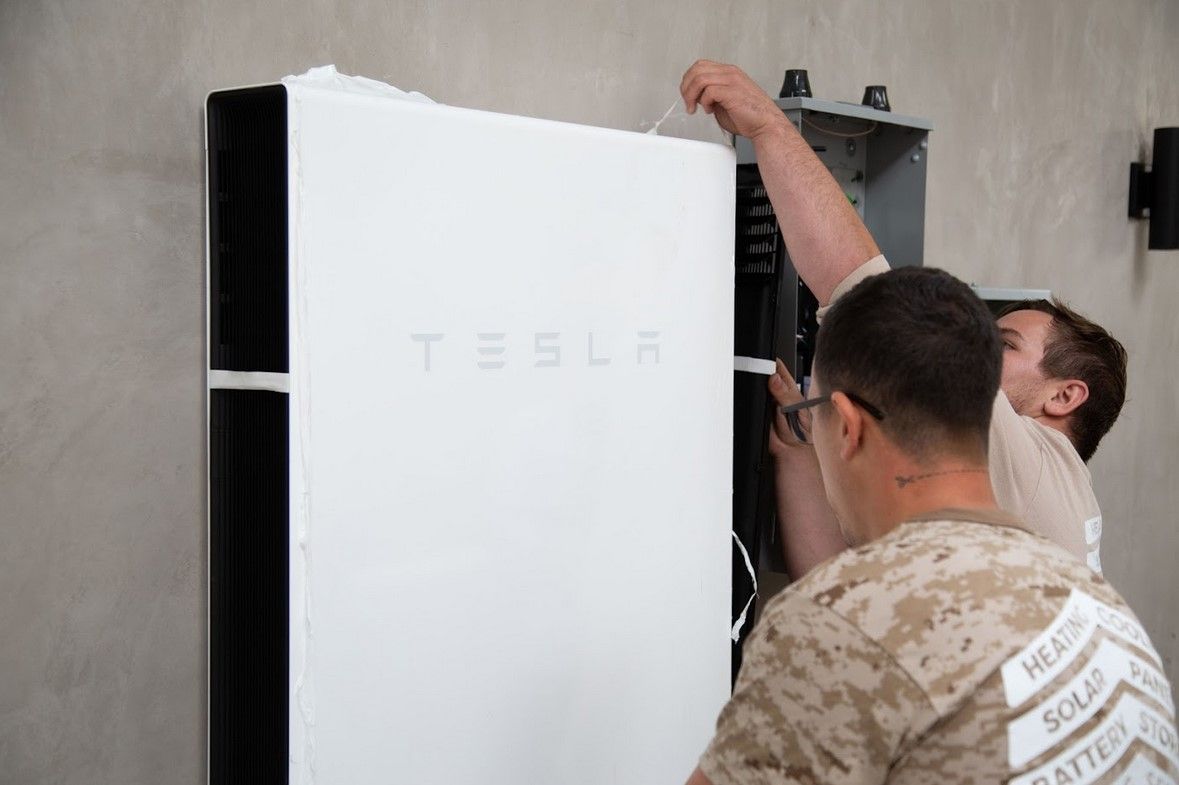Understanding the Cost of RV Solar Panels
Understanding the factors influencing the cost of RV solar panels is essential for making informed decisions about energy solutions for recreational vehicles. This page provides a detailed overview of the key elements affecting pricing, including panel types, installation complexity, and additional components.

Higher efficiency solar panels tend to cost more but generate more power in limited space.

Complex installations involving custom mounting or electrical work can increase overall costs.

Inverters, batteries, and wiring add to the total investment required for a complete system.
| Factor | Impact on Cost |
|---|---|
| Panel Type | Monocrystalline panels are more expensive than polycrystalline but offer higher efficiency. |
| Panel Size | Larger panels provide more power but increase initial costs. |
| Installation Complexity | Custom installations or difficult access areas raise labor costs. |
| Additional Components | Inverters, batteries, and wiring contribute to overall expenses. |
| Brand and Quality | Premium brands may cost more but often provide longer-lasting performance. |
| Warranty Length | Extended warranties can increase upfront costs but offer long-term value. |
| Location | Regional labor rates and permitting influence total installation costs. |
| System Capacity | Higher capacity systems require more panels and components, raising costs. |
The cost of RV solar panels varies widely depending on the system size and component quality. A basic setup with a few panels and minimal accessories might start at a few thousand dollars, while comprehensive systems with high-efficiency panels, batteries, and advanced inverters can exceed ten thousand dollars. Proper planning and consultation with specialists can help optimize the balance between upfront investment and long-term energy savings.
Installation costs are also influenced by the complexity of the setup, including roof type, existing electrical systems, and accessibility. Professional installation ensures safety and optimal performance but adds to the total expense. It is advisable to consider both initial costs and potential maintenance or upgrade needs when evaluating options.

Different mounting options affect installation time and system stability, impacting overall costs.

Adding batteries increases system capacity and cost but provides energy independence.

Inverters convert, DC to AC power and vary in price based on capacity and features.
| Service | Average Price Range |
|---|---|
| Basic RV Solar Kit | $2,000 - $4,000 |
| Complete Solar System with Batteries | $5,000 - $10,000 |
| High-Efficiency Panel Upgrade | $1,500 - $3,000 |
| Roof Mounting Hardware | $300 - $800 |
| Electrical System Inspection | $200 - $500 |
| System Maintenance and Upgrades | $300 - $1,000 |
| Battery Replacement | $400 - $1,200 |
| Inverter Installation | $500 - $1,500 |
| Custom Mounting Solutions | $1,000 - $3,000 |
| Remote Monitoring System | $200 - $600 |
